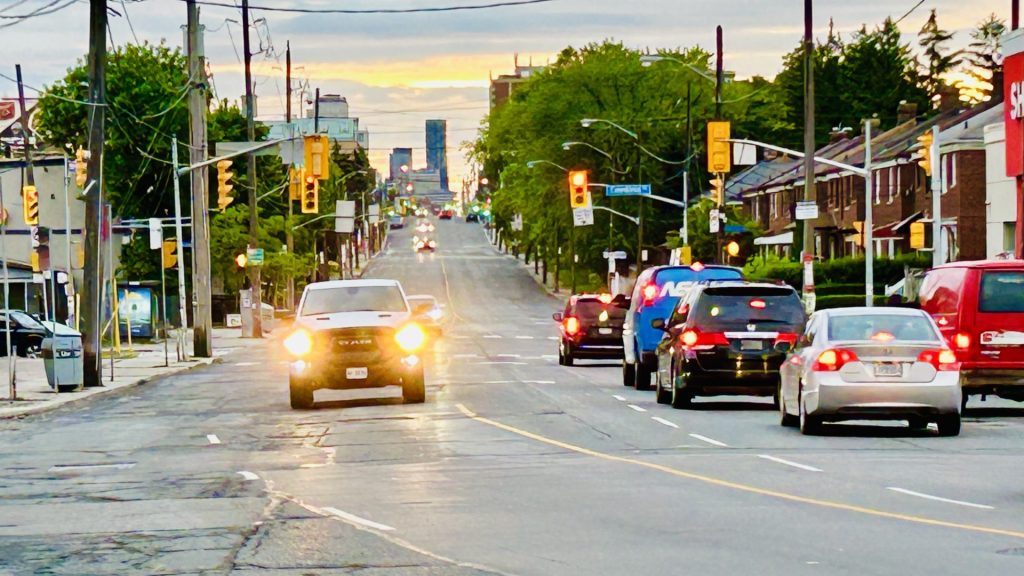
Eglinton Avenue East in Toronto has drawn significant attention after being named Ontario’s worst road in 2019 by an annual poll conducted by CAA. This designation underscores the challenges urban infrastructure faces when major construction projects intersect with daily commutes. In this article, we delve into the causes behind this recognition, explore the impacts on road users, and examine solutions aimed at transforming Eglinton Avenue East into a functional and efficient corridor.
The Challenges of Eglinton Avenue East
Prolonged Construction and Its Consequences
At the heart of the issue is the Eglinton Crosstown Light Rail Transit (LRT) project, a $5.3 billion initiative to improve transit options in Toronto. While the long-term goal is to enhance mobility, the construction process has created significant short-term difficulties:
- Traffic Congestion: Lane reductions and rerouted traffic have caused severe gridlock, particularly during peak hours.
- Deteriorating Road Conditions: Heavy machinery and frequent usage during construction have resulted in potholes and uneven pavement.
- Poor Signage: Temporary road signs often fail to provide clear directions, leading to confusion among drivers, cyclists, and pedestrians.
Impacts on Road Users
The issues plaguing Eglinton Avenue East affect various groups of road users in unique ways:
- Drivers: Face vehicle damage from potholes and delays due to traffic bottlenecks.
- Cyclists: Struggle with unsafe lanes obstructed by construction debris.
- Pedestrians: Encounter inaccessible sidewalks and hazardous crossings.
These challenges highlight the need for immediate attention and effective solutions to address the road’s condition.
Efforts to Improve Eglinton Avenue East
The Role of the Eglinton Crosstown LRT
Once completed, the Eglinton Crosstown LRT promises to revolutionize transit in Toronto. Key benefits include:
- 25 Stations and Stops: Expanding accessibility for residents across the city.
- Reduced Traffic Volume: Encouraging public transit use to decrease reliance on private vehicles.
- Comprehensive Road Repairs: Construction plans include restoring damaged road surfaces to ensure a smoother commute.
Although the project is expected to alleviate many issues, delays have pushed the completion date to fall 2021, prolonging the current challenges.
Collaborative Solutions
Local authorities, in partnership with the Ontario Road Builders’ Association, are actively working to mitigate the impact of construction. Strategies include:
- Enhanced Communication: Providing regular updates to residents and businesses about construction timelines.
- Alternative Transportation Options: Promoting the use of public transit and cycling to reduce road congestion.
- Accelerated Repairs: Prioritizing the most affected sections for immediate improvements.
These measures aim to balance construction needs with the daily demands of road users.
Lessons from Ontario’s Worst Roads
The case of Eglinton Avenue East reflects broader trends in urban infrastructure. In 2019, several other Toronto roads also appeared on the list of Ontario’s worst roads:
- Dufferin Street: Known for its persistent potholes and congestion.
- Sheppard Avenue East: Struggles with surface wear and unclear bike lane markings.
- Bathurst Street: Plagued by traffic flow challenges and uneven surfaces.
The prevalence of Toronto roads on the list highlights the pressures of high urban density and aging infrastructure. However, these issues are not confined to Toronto. Smaller municipalities like Washago and Belleville face similar problems, emphasizing the need for a province-wide strategy for road maintenance and improvements.
Transforming Eglinton Avenue East: A Vision for the Future
Eglinton Avenue East’s current condition presents an opportunity for Toronto to reimagine urban infrastructure. By addressing the root causes of its challenges and focusing on long-term solutions, the city can set a precedent for effective urban planning. Key steps include:
- Timely Completion of the Crosstown LRT: Ensuring the project meets its revised deadline to minimize prolonged disruption.
- Sustainable Infrastructure Practices: Using durable materials and eco-friendly methods for repairs and maintenance.
- Community-Centered Planning: Involving residents in decision-making to align infrastructure projects with local needs.
Conclusion
The challenges faced by Eglinton Avenue East are emblematic of the growing pains associated with urban development. While being named Ontario’s worst road may seem like a setback, it also serves as a call to action for improved planning, communication, and execution in infrastructure projects. With the completion of the Eglinton Crosstown LRT and strategic road repairs, Eglinton Avenue East has the potential to transition from a symbol of frustration to a model of progress.
